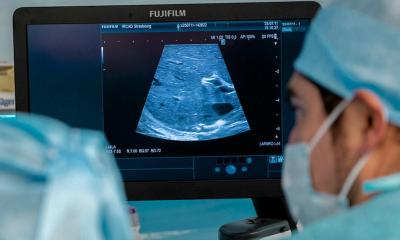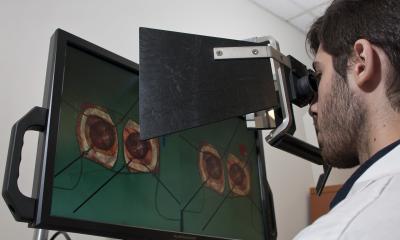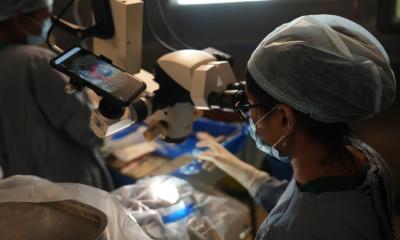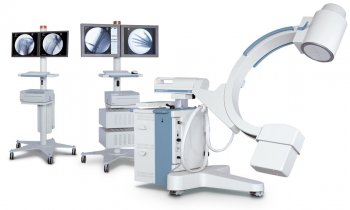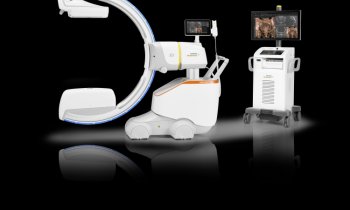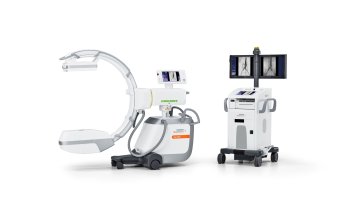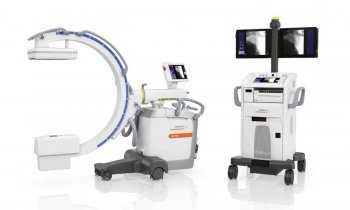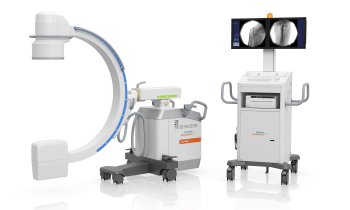News • Medical body painting
A fluorescent way to teach anatomy
Body painting is considered by some to be the most ancient form of art. Its origins stem from tribal cultures, where its use was for ritual and ceremony.
Source: Hull York Medical School
Today it is a familiar sight at carnivals and sporting events. It is also a frequently observed activity within the anatomy classrooms of medical schools around the world. But now lecturers at Hull York Medical School are pioneering the use of body paint and ultraviolet light to help teach anatomy to students. Although the use of body paint in medical schools is not new, it is believed the use of ultraviolet light is a first. UV paint provides a "wet and more visceral look" and coupled with the fluorescent colour provides a striking model for the students to study. The technique has been piloted at Hull York Medical School and will be fully embedded into a new module in anatomy this term.
The findings are outlined in a paper entitled 'Ultra-violet body painting: A new tool in the spectrum of anatomy education' published in The European Journal of Anatomy.
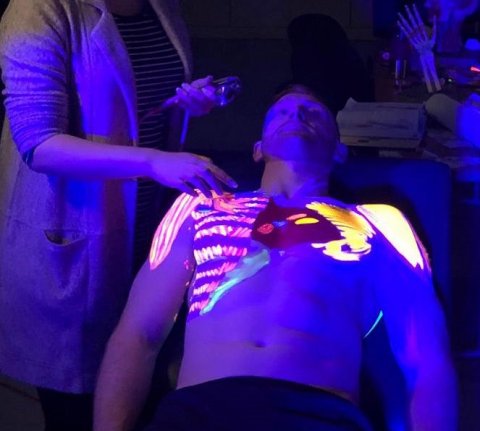
Students are taught in groups of 10-12 with the technique applied on a model or classroom volunteer. Professor Gabrielle Finn, Director of the Health Professions Education Unit at Hull York Medical School, said the technique was proving extremely popular with students. She said: 'The use of body paint has been around in medical schools for the past decade, but no-one is using UV. Ultraviolet painting presents a unique view of human anatomy that is visually striking – highlighting muscle tensions and the connections between parts of the body. Students are able to visualise the layers under the skin in a way they can’t with normal body paint so when they are examining a patient during their clinical practice then can recall those images of anatomy to better understand what they are feeling and the connections between parts of the body. It is a very memorable way to learn and is a lot more fun and students really engage with it.'
Source: Hull York Medical School
09.02.2019



